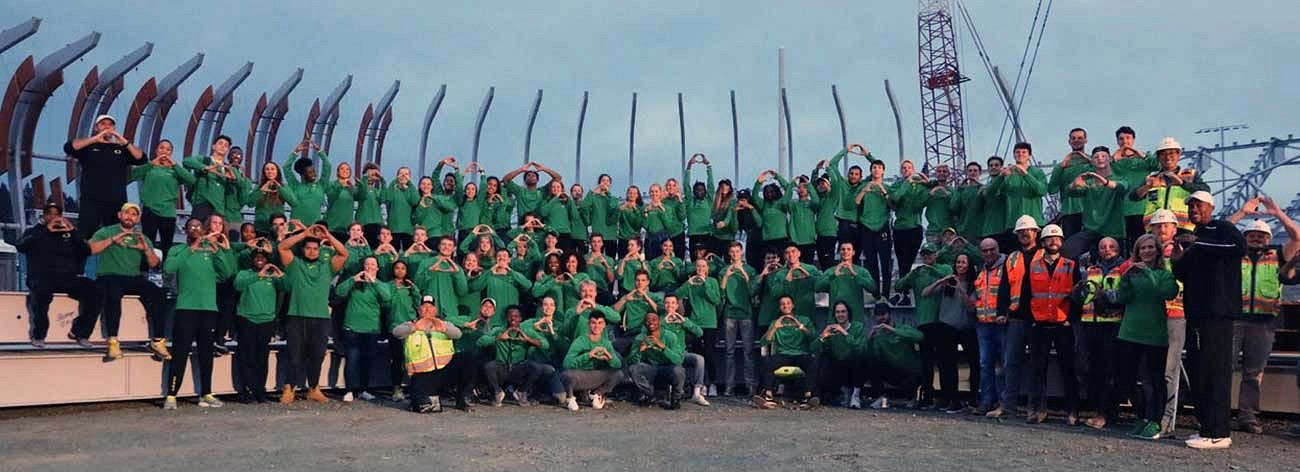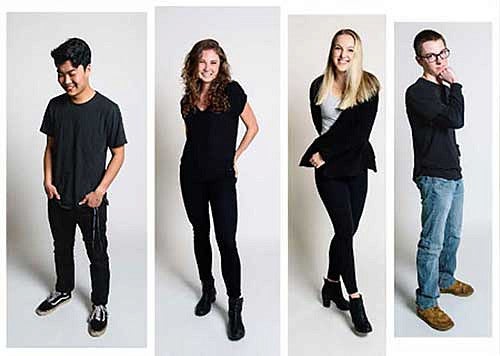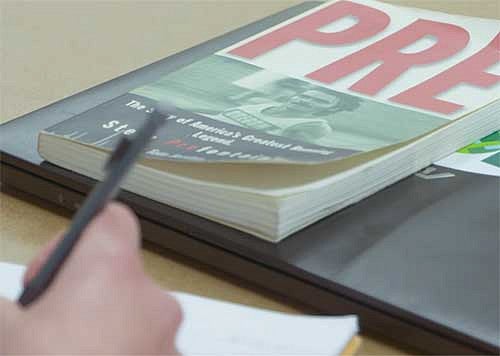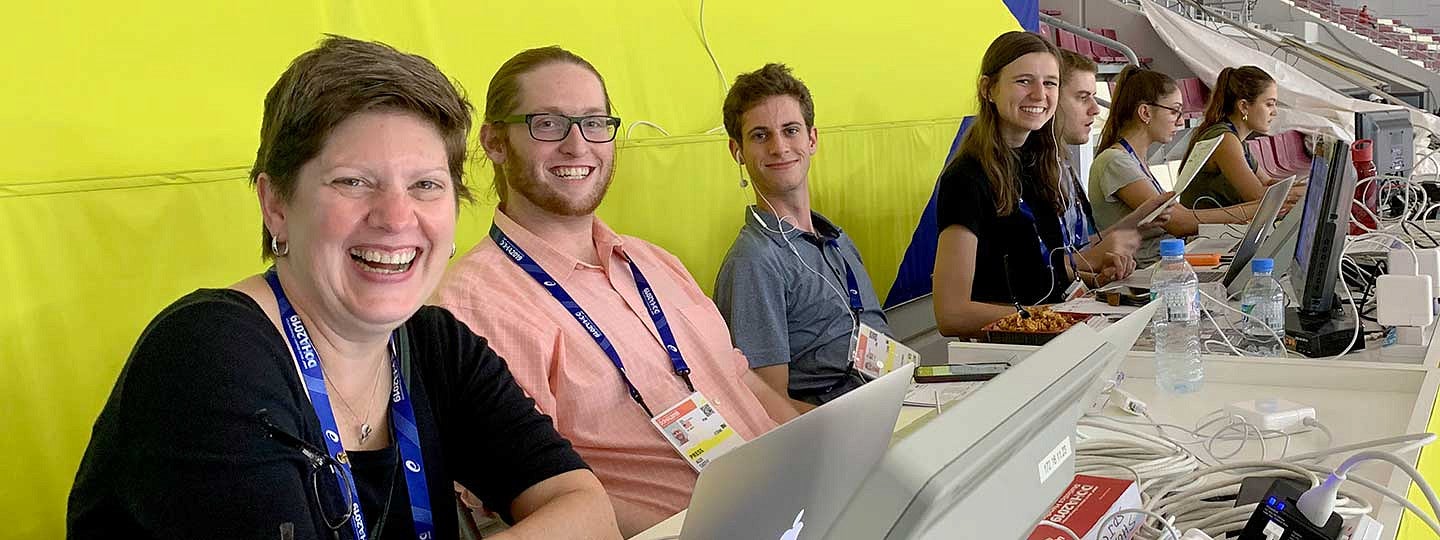
University of Oregon students cover the 2019 IAAF Track and Field World Championships as part of an innovative School of Journalism and Communication class
As I left the too-small, too-crowded, but air-conditioned media tent and entered the sticky, sauna-like air of Doha, Qatar, my glasses immediately fogged. After wiping them clear, I checked the clock on my phone.
It was already a quarter to 1 a.m.—almost an hour into the women’s marathon, the finale of the first day of the 2019 International Association of Athletics Federations World Track and Field Championships.
I had already spent eight hours at Khalifa International Stadium covering the first day of track competition with three of my classmates, Nate Mann, Brooklynn Loiselle and Brett Taylor, before catching a bus with Mann to the women’s marathon venue.
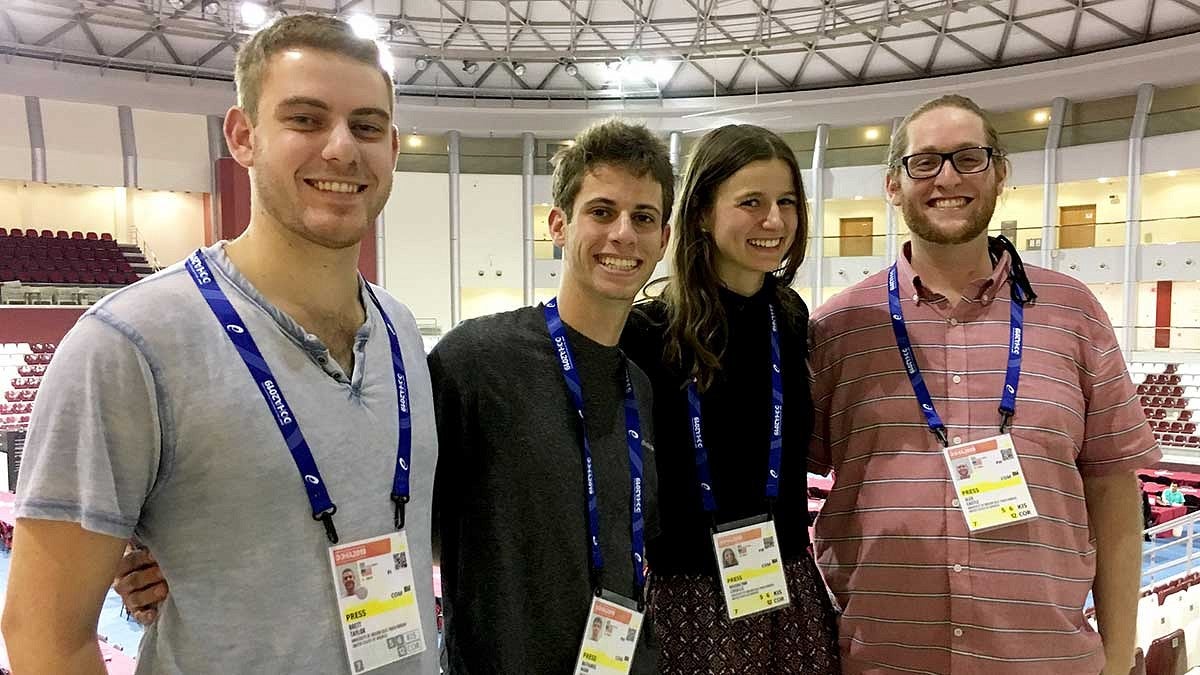
We walked the short path from the media tent to the Corniche, the waterfront promenade along the Persian Gulf, which had been transformed into a road course. As we waited at the marathon finish line, watching as runners looped their way around the course six times, exhaustion began to set in.
But we weren’t done yet.
We finished watching the marathon unfold in humid, 90-degree weather, conducted more interviews, rode the bus back to our hotel and wrote our stories in the lobby. When our instructor, Lori Shontz, finished editing our stories, our day was finally over.
I checked the clock on my phone again. It was 5:30 a.m.
“Talk about getting thrown into it,” Mann said.
“We had boarded a plane for a place none of us had ever been, to do something none of us ever thought we’d get the chance to do.”
—Alex Castle
Less than a week prior, we had boarded a plane for a place none of us had ever been, to do something none of us ever thought we’d get the chance to do. More than 7,000 miles and a full day of travel had landed us halfway across the world, where we covered the track and field world championships for 10 days, from September 27 through October 6.
We had this once-in-a-lifetime opportunity because we are enrolled in the School of Journalism and Communication’s Sports Bureau, founded by Shontz. The popular sports journalism course has sent students to cover all major track and field events at Hayward Field since spring 2015.
In Doha, School of Journalism and Communication students produced:
From classroom to professional field work
Shontz, a former sports journalist who specialized in covering intercollegiate athletics and Olympic sports, began teaching what’s known as “track class” at the end of her first year at the university.
jobs within 1 year of graduation
They work at media outlets and sports teams including:
- ESPN
- Sports Illustrated
- PAC-12 Network
- Turner Sports
- OPB
- San Francisco Giants
- MLB.com
- Tracktown USA
“It’s obviously a class in sports journalism,” Shontz said. “But it’s really a class in advanced beat writing, in deadline reporting, in working as a team. And it’s a chance to cover something that is a vital part of our local community.”
Students start by reading about the history of track and field and its connection with Eugene and the university. They learn about the technical parts of the sport from coaches, athletes, administrators and exercise physiologists.
Then they cover early-season meets for the class website, writing on deadline in the media tribune at Hayward. By the end of the term, they are covering events like the NCAA Track and Field Championships as paid freelancers for professional news organizations.
Shontz uses her connections through Associated Press Sports Editors to get assignments for the students, who have published 138 stories in 37 professional outlets nationwide over the past few years.
With the World Athletics Championships coming to Eugene, the four students who traveled to Doha are laying the groundwork for what will be a full-sized student news bureau, directed by Shontz, in 2021.
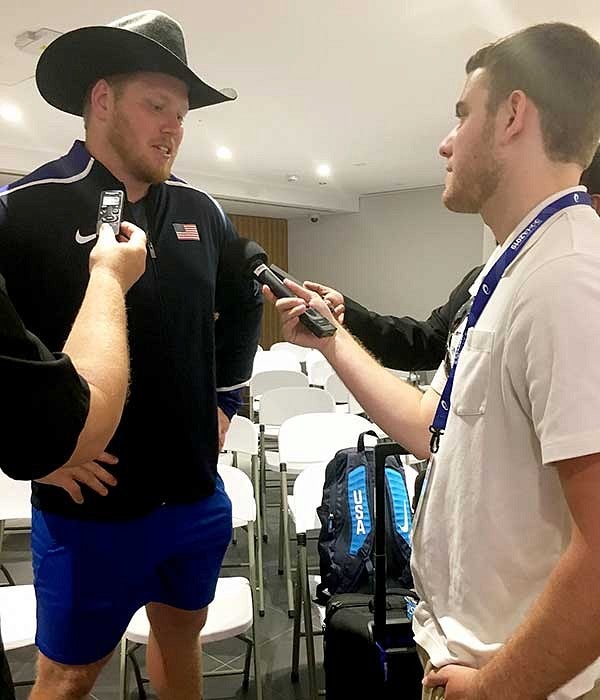
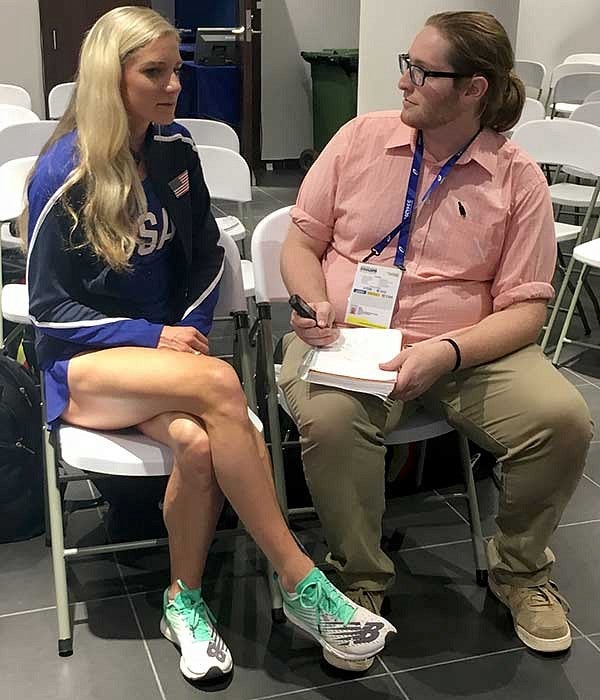
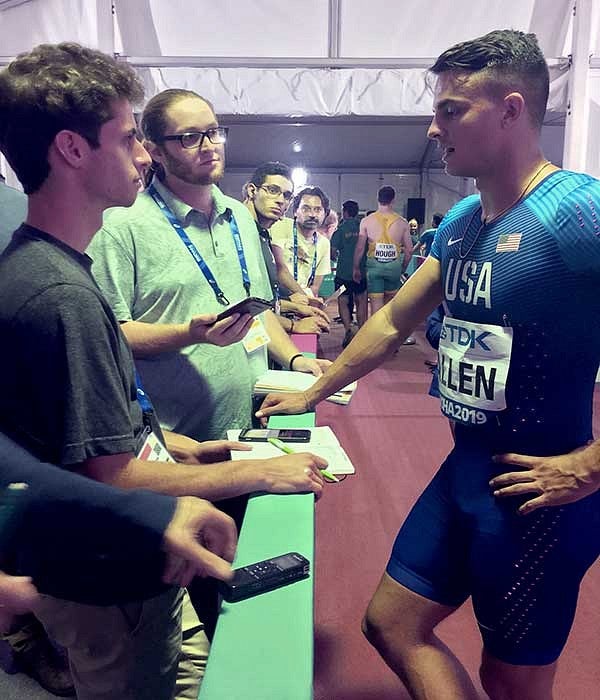
Career-launching experiential learning
During our 10 days in Doha, we published 51 written stories, including daily coverage for two Oregon newspapers, The Oregonian and The Register-Guard, and for DyeStat.com, a track and field website. We also posted 58 athlete interview videos for DyeStat, plus two podcasts and a broadcast package on our SOJC Track website.
Mann, a journalism major, worked as the daily reporter for The Register-Guard, while fellow journalism major Castle served as the daily reporter for The Oregonian. The two were primarily assigned to cover the performances of former UO athletes and others with connections to the state.
After days of watching and interviewing the same athletes, they had the valuable experience of developing trust with their subjects and reaped the benefits of the stories that came with it.
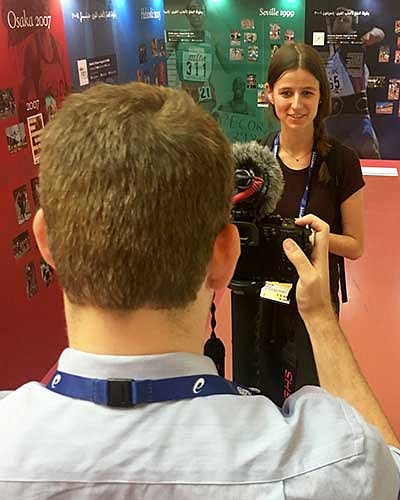
“I had to carry the conversations,” Mann said. “I couldn’t rely on the other journalists to fill the air. But after this, I feel qualified to ask the questions I want to ask and tell the stories I want to tell.”
Taylor primarily shot video interviews with athletes, working shoulder-to-shoulder with videographers and reporters from news outlets around the world. The videos were posted to DyeStat, where they were heavily viewed. One interview with Donavan Brazier, who broke a 34-year-old American record while winning the world title in the 800 meters, has received more than 170,000 views.
“I never realized how difficult it would be to shoot video and try to interview an athlete all at the same time,” Taylor said. “Trying to balance the camera and make sure everything looks good while also trying to formulate questions was an interesting experience.”
Loiselle is a public relations major in the SOJC. In addition to writing daily stories for DyeStat, she managed the Sports Bureau’s social media accounts on Twitter and Instagram. While she had some previous experience managing accounts for Oregon Track Club and during the bureau’s trips to Portland and Stanford, Doha brought pressure to boost exposure.
“The trip was one of the first times I had to really be proactive on Twitter in order for our stories to get coverage and readers,” Loiselle said. “I had to learn how to manage hashtags, and what type of posts people like to see.”
While the clicks online and clips in the newspapers were validation, the group had to work hard for them. Days at the track began at 2 or 3 p.m., and all stories and videos for the day often weren’t filed until after 2 or 3 a.m.
But the consistency and hard work paid off when it came to finding and telling the event’s best stories.
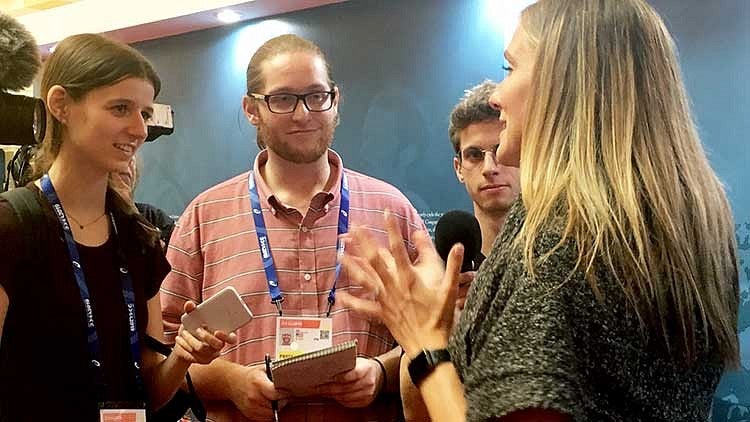
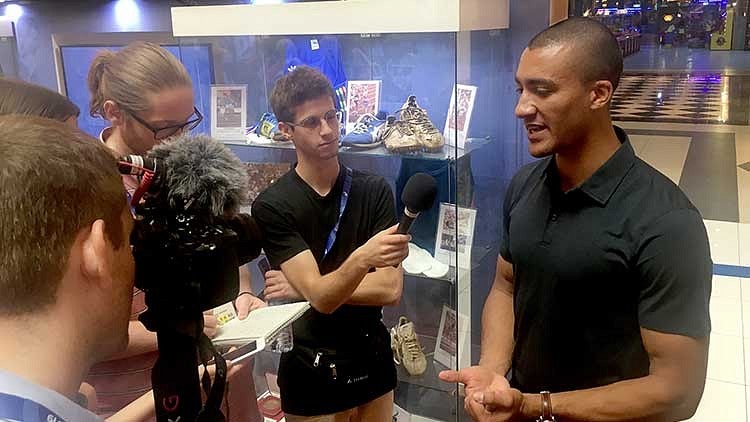
“Ten days of event coverage was by far the most daunting and challenging thing I’ve ever done,” Castle said. “But there was nothing more rewarding than feeling like the work was getting easier and the stories were getting better each day.”
For Taylor, who is pursuing a career in sports broadcasting, the two weeks’ worth of reporting made him more comfortable handling difficult situations.
“I think this experience has helped me a lot with interviewing people under a tremendous amount of pressure,” Taylor said. “I feel way more confident coming up with questions and asking them without feeling nervous.”
Mann feels more confident connecting with others and representing himself professionally.
“I think it will give me confidence with new experiences,” he said. “I don’t feel nervous filling the air and projecting myself as someone who is confident and knowledgeable.”
The meet was a bucket-list item for Loiselle, who relished getting to share the experience of a major sporting event with some of the world’s greatest athletes.
“I never thought I’d have the opportunity to cover an international sporting event,” Loiselle said. “As a track fan, the meet was incredible. But as a journalist, I loved getting the opportunity to write about something that is so important to the athletes. They have been dreaming of this moment for such a long time, and we get to share that story.”
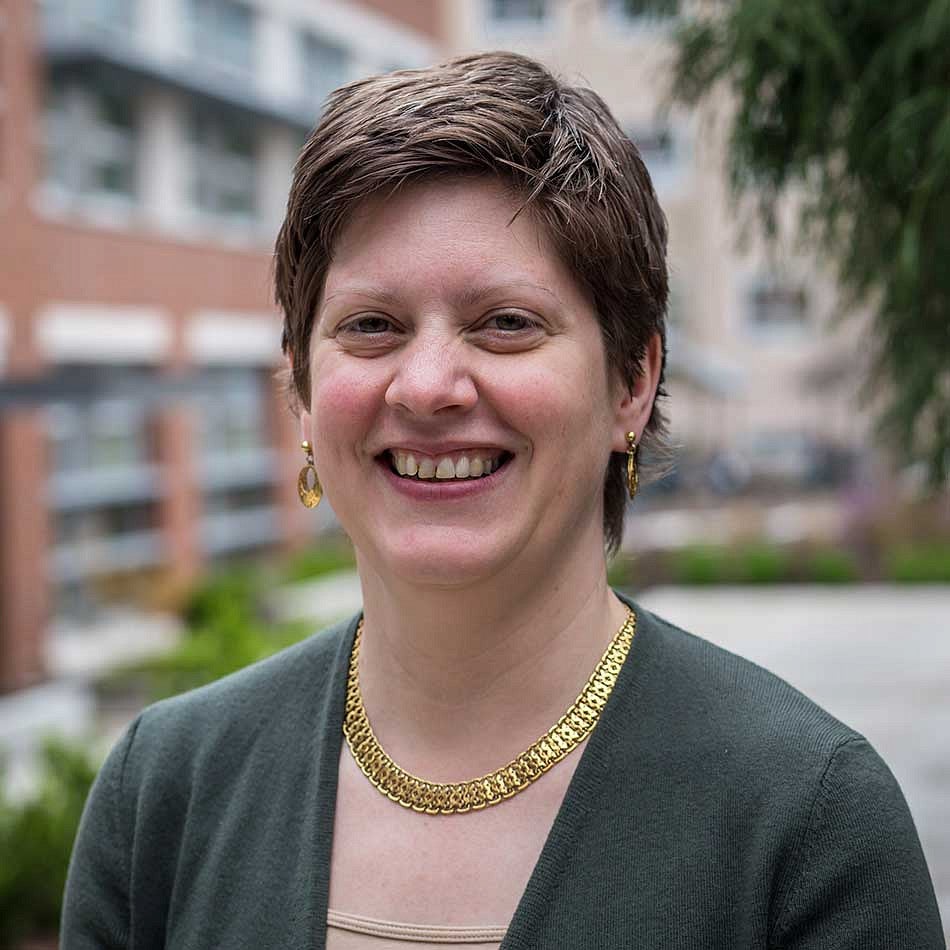
The School of Journalism and Communication’s popular Sports Bureau class—a.k.a. “track class”—exists because of senior journalism instructor Lori Shontz. A student favorite at the School of Journalism and Communication, “Mama Lori” takes a group of budding sports journalists under her wing every spring to begin training for a fast-paced season covering major national track and field events, from the 2016 Olympic Trials to the 2019 IAAF World Track and Field Championships in Doha. Next stop? Possibly the 2020 Tokyo Olympics and then Oregon21 at Hayward Field.
Track class is not the only amazing project on Shontz’s annual calendar. The former newspaper journalist cofounded Writing Central, a peer-to-peer coaching program to help SOJC students strengthen their writing skills, and she’s the faculty adviser for the UO chapter of the Association for Women in Sports Media. She’s also a researcher who interviews journalists and community members about the best ways to cover traumas like mass shootings.
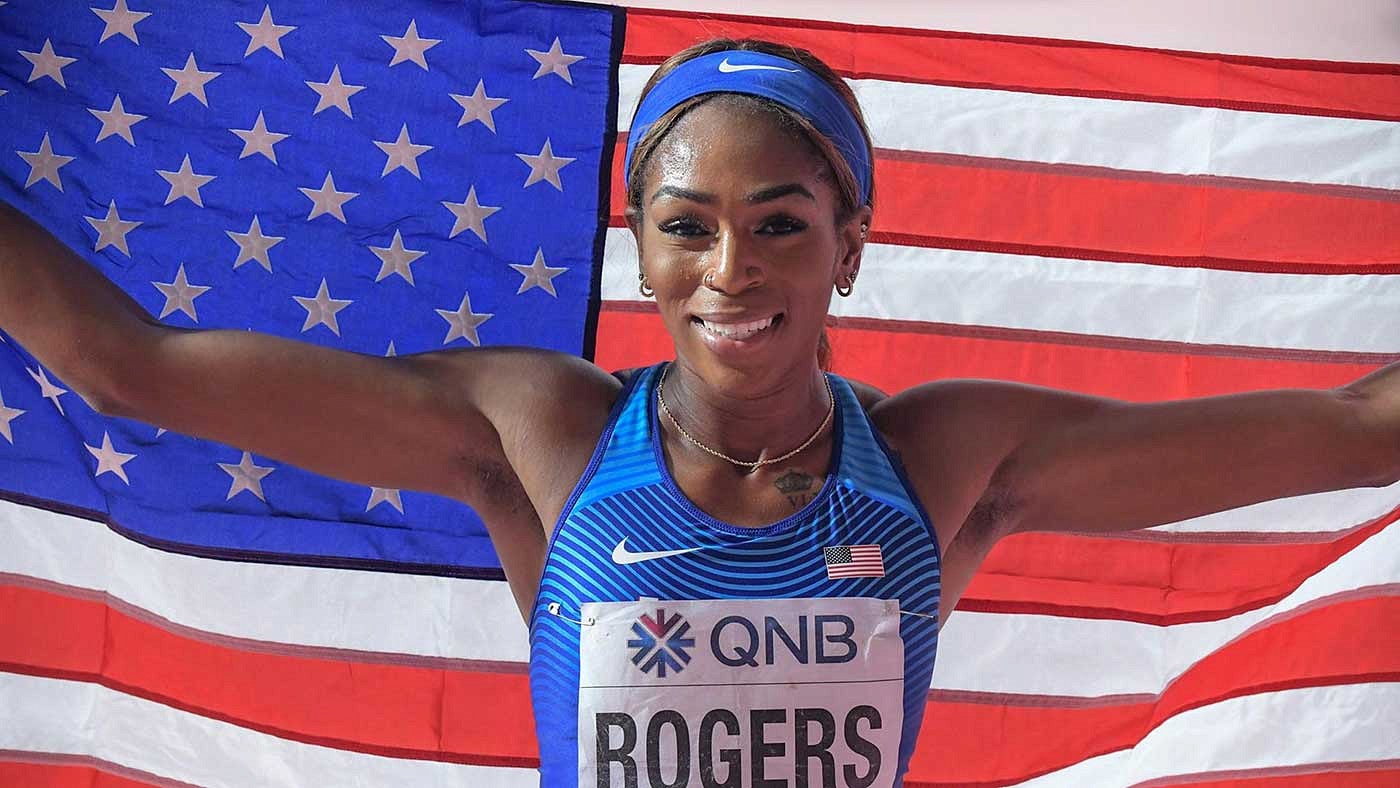
Nine current and former Ducks competed in the 2019 IAAF World Athletics Championships
Green and yellow lead to gold at the 2019 IAAF World Athletics Championships in Doha—two of them, in fact, as Phyllis Francis, BS ’14 (general social science), and Cravon Gillespie each took home gold medals for their efforts on the track.
Francis’ gold, won as the first-leg runner on the 4x400 relay team, was her fourth World Championships title, after she earned two gold medals in 2017.
Gillespie, a redshirt senior majoring in general social science who earned All-America honors in the 100 meters at the NCAA Championships earlier this year, ran the anchor leg for the 4x100 relay team in the first round before the team went on to claim gold in the final.
Raevyn Rogers, BA ’19 (art), was the first Duck to compete and the first on the podium, winning the silver medal in the 800 meters. Her time of 1:58.18 was a season best, and was just 0.14 seconds slower than the winner.
Of the 47 finals held in Doha, six featured Ducks. Francis appeared in two, finishing fifth in the 400 meters in a personal best time of 49.61. Devon Allen, BS ’17 (business administration), finished seventh in the 110-meter hurdles in 13.70; Matthew Centrowitz was eighth in the 1,500 meters in a season best 3:32.81; and Cole Walsh finished 10th in the pole vault with a 5.55-meter jump.
Jessica Hull ran a season-best time of 4:01.80 in the 1,500 meters, but finished eighth in her semifinal and missed advancing to the final on time by 0.28 seconds. English Gardner finished second in her 100-meter heat to comfortably qualify for the next round, but tore her hamstring halfway down the track in the semifinals.
Jasmine Todd, BEd ’16 (family and human services), finished 14th in the long jump with a leap of 6.51 meters.

The World Athletics Championships are coming to Hayward Field at the University of Oregon in 2021
The biggest sporting event in the world in 2021 will be held right here in Eugene.
World records will fall. National records will tumble. And Hayward Field at the University of Oregon will be packed to the brand new rafters with tens of thousands of cheering fans, soaking it all in.
“We are thrilled to welcome the world to Hayward Field at the University of Oregon,” said University of Oregon President Michael Schill. “Oregon21 presents an unprecedented opportunity to showcase the state’s flagship public university and our unwavering pursuit of innovation and excellence.”

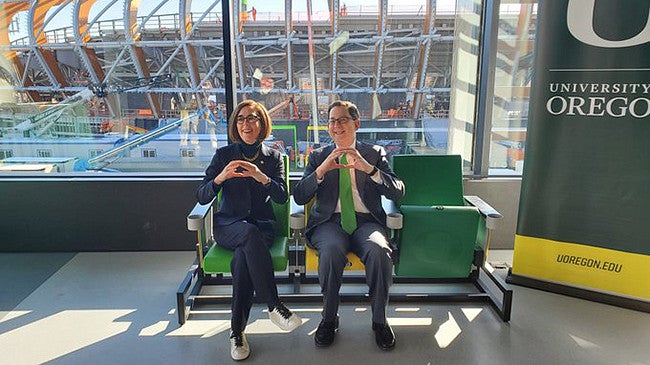
Renee Washington, chief operating officer of USA Track and Field, added, “For the first time ever, the World Athletics Championships are being held in the United States. Oregon will be an incredible host to both our American athletes competing on their home turf, as well as competitors and fans traveling here from around the world.”
The World Athletics Championships won’t just be held in the USA for the first time; it’s the first time they’ll be held in a town as small as Eugene. With a population of 374,000, the Eugene-Springfield metropolitan area is one-third the size of the next smallest city to host the championships—Gothenburg, Sweden, which hosted in 1995—and 1/64 the size of Beijing, which hosted in 2015. The 2021 meet will also be the first time the World Athletics Championships have been held on a university campus.
For Team USA, fresh off winning a national-record-tying 14 gold medals in Doha, Oregon21 represents an opportunity to compete in front of a home crowd for the first time—and, in Track Town, USA, a crowd that promises to be packed and passionate.


“Track and field doesn’t get as much love as it should in the United States,” said Olympic gold medalist Courtney Okolo, who helped Team USA set a world record in the 4x400 mixed relay in Doha. “But when we come to Oregon, we’re the stars.”
And those stars will have quite a stage to perform on, too. Slated to open in May 2020, Hayward Field will offer 25,000 fans unobstructed sight lines—the first row will be at track level, mere feet from the outside lane—spacious, individual seats; and stellar acoustics.
Oregon21 is expect to impact the entire state; 55,000 spectators are expected to travel to Oregon, while Portland is hosting the women’s and men’s marathons, and Springfield will host the men’s and women’s race walk.
